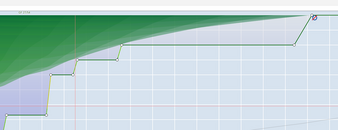Reminded me also of the fatality of the DAN employee in Florida on SW who got stuck and died and his inexperience diving tight restrictions appears to have played a major part in that fatality
Not to distract from the topic, but the place where it happened it is not a restriction by any stretch of imagination. It is actually a fairly wide open bedding plane, with room for many divers diving side by side. It just pinches down where the line goes, one can conceivably get stuck if following the line in zero vis and panicking





 or needing some water and a nap.
or needing some water and a nap.